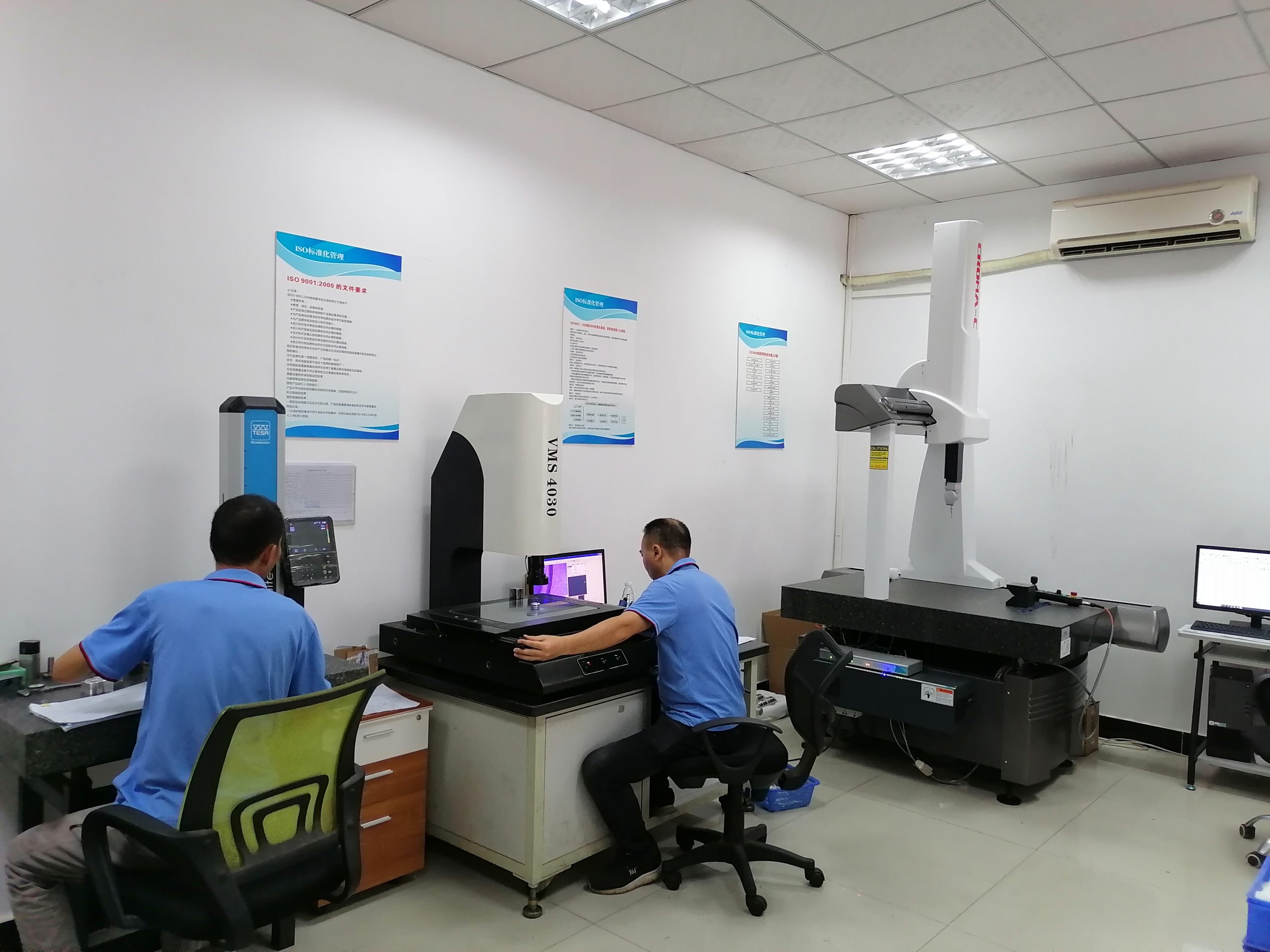Corrosion resistant metals are widely used in various fields from the cooking industry to aerospace applications. Like most metals, they provide structural strength and heat resistance, but the metals listed in this article are also more corrosion-resistant than other metals.
1. Stainless steel
Stainless steel is an umbrella term that covers a wide range of corrosion-resistant metals. The degree of corrosion resistance depends on the elemental composition of the alloy. The specific chemical resistance also varies with the chemical properties of the metal. The key mechanism of stainless steel corrosion resistance is the formation of a chromium oxide passivation layer on the surface, providing excellent corrosion resistance.
Stainless steel can be divided into three categories based on its microstructure:
Austenitic stainless steel: This series of alloys is commonly referred to as the 300 series stainless steel. Typical grades include 304 and 316 stainless steel, with 316 being the most corrosion-resistant. The elemental composition includes approximately 18% chromium and 8% nickel. In addition, it also includes a small amount of nitrogen and manganese. Austenitic stainless steel is the most common corrosion-resistant metal on the market.
Martensitic stainless steel: This series of alloys is usually called 400 series stainless steel, and the common grade is 420A. This steel alloy also has 18% chromium, does not contain nickel, but has a higher carbon content and is harder than other corrosion-resistant metals in the stainless steel family. However, this alloy is not as corrosion-resistant as the 300 series steel.
Ferritic stainless steel: This alloy is also part of the 400 series stainless steel. The most common level is 430A. However, the chromium content of ferritic stainless steel is much higher, up to 27% (to improve elasticity), but the carbon content is lower (to make it more ductile).
Duplex stainless steel
Dual phase steel is a steel alloy containing two different phases, hence its name. The common phases are ferrite and austenite. Dual phase steel achieves optimal performance from two stages and combines them into an advanced corrosion-resistant metal for the most challenging applications. Typical grades include 2205 (containing 22% chromium, 5% nickel, and 3% molybdenum) and S32750 (containing 25% chromium, 7% nickel, and 4% molybdenum).
2. High temperature alloy
High temperature alloy refers to a high-performance metal treated with a special formula, which can provide excellent mechanical properties and corrosion resistance at high temperatures. This is why these grades of corrosion-resistant metals are often used in aerospace and energy applications. Superalloys are distinguished by the main matrix elements.
Nickel high-temperature alloy: Nickel high-temperature alloy has high strength and excellent corrosion resistance. This high-temperature alloy is usually cheaper than cobalt alloy and is also the most common high-temperature alloy.
Cobalt high-temperature alloy: Compared with other high-temperature alloys, cobalt high-temperature alloy has a higher melting point and therefore has excellent thermal corrosion performance.
Iron high-temperature alloy: Iron high-temperature alloy has high strength and high corrosion resistance at room temperature. They are also much cheaper than the other two types of high-temperature alloys.
3. Aluminum
Aluminum has good corrosion resistance and forms a passive oxide layer on its surface, which enables it to resist corrosion. Most grades of aluminum have strong chemical elasticity, but 1xxx, 3xxx, and 5xxx grades of aluminum are the most corrosion-resistant metals in the aluminum family. They are particularly tough in the pH range of 4.5 to 8.5.
1xxx series: This aluminum grade contains 99% high-purity aluminum, which has the best corrosion resistance in normal applications.
3xxx series: Manganese is the main alloying element in this series. This makes its corrosion resistance slightly lower than 1xxx aluminum. However, it is a highly ductile material that is very suitable for cold forming applications that require good corrosion resistance.
5xxx series: This brand of aluminum uses magnesium as the main alloying element and has corrosion resistance similar to 3xxx aluminum.
How to choose the most suitable metal part for the part?
When selecting corrosion-resistant metals, the first step is to use a chemical compatibility chart. This will help narrow down the selection range to those options that have good resistance to your specific conditions. However, this requires understanding which chemicals are involved in your application. In addition, certain types of loads and manufacturing methods can also affect corrosion performance. To understand how to best choose corrosion-resistant metals

